Benefits of Titanium in the Medical Industry
Leave a CommentThe medical industry has used titanium in surgical and dental equipment since the 1940s. Today, it can be found in a wide array of biomedical implants such as pacemakers, eye implants, and hearing aids.
Titanium possesses a unique ability to bind with bone and living tissue, making it an ideal material for orthopedic implants such as knee and hip replacements. Because of its strength and increased resistance to corrosion, it is well-suited to many other medical instruments, as well.
Grades of Medical Titanium
Titanium is available in four different pure titanium grades and as many as 25 different alloys. Below is a sample of the kinds of titanium used in healthcare today:
Pure Titanium
The four grades of pure titanium are numbered 1-4, with 1 being the softest and 4 being the strongest. Grades 1, 2, and 4 are most commonly found in modern medical devices. Each is distinguished by its degree of formability and ductility.- Grade 1
Grade 1 titanium consists of pure, unalloyed titanium. It is prized in healthcare for its excellent formability, increased resistance to corrosion, and resilience against impact. - Grade 2
Grade 2 titanium is an unalloyed form of titanium with greater strength than Grade 1. - Grade 4
Grade 4 titanium is another form of unalloyed titanium. Like Grades 1 and 2, it offers enhanced resistance to corrosion, great formability, and high strength.
- Grade 1
- Grade 5
Grade 5 titanium is an alloy made with 6% aluminum and 4% vanadium. Since it offers superior fracture resistance, it is the most common material used in dental implants. - Grade 7
Grade 7 titanium consists of titanium alloyed with 0.12% to 0.25% palladium. It is more resistant to corrosion than any other titanium alloy. - Grade 9
Grade 9 titanium is an alloy made with 3% aluminum and 2.5% vanadium. It is particularly known for its great mechanical strength. - Grade 11
Grade 11 contains unalloyed titanium as well as 0.12% to 0.25% palladium, much like Grade 7 titanium. It shares many properties with Grade 1 titanium, but it offers superior resistance to corrosion. - Grade 23
Grade 23 titanium is an alloy made with 6% aluminum and 4% vanadium that features extra low interstitial elements. Like Grade 5 titanium, it is also a common choice for dental implants.
Positive Characteristics of Medical Titanium for Biomedical Implants
Titanium has many characteristics that make it the ideal metal for medical applications. Its advantages include:
- Durability
Medical implants made from titanium alloys routinely last 20 or more years inside the human body. - Higher strength-to-weight ratio
Titanium is stronger and lighter than stainless steel, which largely accounts for its widespread use in surgical implants. - Non-ferromagnetic property
Because it isn’t magnetic, medical titanium doesn’t interfere with magnetic resonance imaging (MRI) machines. Because of this property, patients with titanium implants can still safely undergo MRI examinations. - Biocompatibility
Unlike other metals, medical titanium can remain in constant contact with living tissue without adversely affecting it. - Biointerfacing
Titanium implants have an engineered biointerface with biomimetic motifs that increase cell contact area by as much as 75%, enhancing the cell’s binding properties. As a result, their use further reduces the chance of implant rejection. - Osseointegration
Medical titanium implants can physically bond with natural bone, eliminating the need for adhesives.
Titanium Implantable Medical Devices
The strength to weight ratio, hermeticity, biocompatibility and light weight makes titanium the best choice for implantable medical devices. Examples of components made for implantable medical devices at Hudson Technologies include:
- Defibrillators
- Pacemakers
- Drug Pumps
- Bone Growth Stimulators
- Battery Components
- LVAD (Left Ventrical Assist Devices
- Neurostimulation Devices
As a leading manufacturer of precision engineered metal components for implantable medical devices, Hudson Technologies offers customized solutions for a wide range of applications. At every stage of the manufacturing process, we work closely with you to ensure that the finished product reflects your concept. Regardless of your needs, we can design a solution that helps you provide your patients with the best care possible.
To find out more about how Hudson Technologies can meet your titanium needs, request a quote from our website today.
Tips for Finding and Switching to a Better Deep Drawn Stamping Partner
Leave a CommentDeep drawn stamping is a metal stamping method used to create components that are deeper than they are wide. It is suitable for producing hollow parts and products that lightweight and seamless without sacrificing strength or stability. However, manufacturers must have the right knowledge, skills, and tools to form them successfully.
The following article outlines some of the things to look for in an ideal deep drawn component manufacturer. Additionally, it discusses how to switch suppliers if your current manufacturing partner does not meet your needs.
Importance of Deep Drawn Components
Deep drawn components are found in devices and equipment for a wide range of industries, such as:
Housings, shields, and battery casings for implantable medical devices
- Components for semiconductor manufacturing equipment
- Metal diaphragms for isolating enclosures in fluid systems, eliminating minor pressure changes in pressure sensor applications, converting movement into computer-readable communications, and/or protecting against overpressure
Housings and casings for batteries
- Instrument housings for sensitive equipment
- Connectors and couplings for electronic equipment
Given the important role deep drawn components play in many industrial applications and processes, it is essential to partner with an experienced and knowledgeable deep drawn stamping company to ensure the parts and products you need function and perform as intended.
Deep Drawn Component Supplier Selection Considerations
There are many factors to consider when choosing a deep drawn component manufacturer for a project. Some of the key considerations to keep in mind include:
Manufacturing Capabilities
Your deep drawn component supplier should have the skills and tools to accommodate your manufacturing needs with regard to material, design, and production volume and produce components that fully meet your specifications and standards. Additionally, if you’re looking for a long-term partnership, they should be able to adjust their operations to match increasing or decreasing demand.
Quality Control Policies and Procedures
One way of determining whether a deep drawn supplier is right for your project is to review their quality control policies and procedures. They should have quality standards that align with your own and the equipment and processes in place to ensure your components meet them.
Competitive and Innovative Drive
The manufacturing sector is highly competitive. Companies must be willing to invest in new technologies and technologies to ensure they can keep up with current demand and provide customers with the best possible products and services.
Customer Service
Your manufacturing partner should understand your needs. Additionally, they should be open to working with you to develop a manufacturing solution that fits them.
Company Reputation
Avoid working with companies with a bad reputation. While you should take negative customer reviews with a grain of salt, they can be indicative of potential issues with the company’s products and/or services.
Certifications

Switching Deep Drawn Stamping Partners
If your current deep drawn stamping supplier does not match what you’re looking for in a manufacturing partner, you should consider switching to one that better suits your needs. Once you’ve decided on a new partner, you should keep in the following tips in mind to ensure a smooth transition:
- Confirm whether you or your current partner owns your tools. If you do not own the tools, you will need to budget for the production of new tooling.
- Verify that your new partner has a thorough understanding of your material needs, tolerance requirements, and desired applications. If they do not, you should communicate with one of their representatives or consider other options.
- Ensure your current and future projects will be finished on time. If you have active projects with your current partner, make sure you finish them. Before switching completely to the new partner, perform a test run to verify they can finish your projects.
- Consider reshoring, nearshoring, or diversifying to multiple suppliers. These partnerships allow you to establish a more resilient supply chain. Read more about reshoring here.
Deep Drawn Stamping and Metal Drawing From Hudson Technologies
At Hudson Technologies, we’ve provided custom deep drawn metal parts and products for over 80 years. This experience, combined with our broad range of manufacturing capabilities and highly skilled team, allows us to produce precise, complex, and/or high-performance components for some of the most demanding customer applications.
For more information on our metal stamping services, visit our Capabilities page or download our eBook. To discuss your project requirements with one of our experts, contact us or request a quote today.
Choosing the Right Sheet Metal for Your Manufactured Components
Leave a CommentChoosing the right sheet metal for your manufactured components is crucial in ensuring that your parts will perform optimally. To make sure you choose the correct sheet metal, it is important to consider factors such as material, size, design, and tolerance requirements as well as manufacturing and fabrication processes that the material will undergo.
Material and Size
There are many metal and alloy options to choose from when selecting a sheet metal material. To ensure that you choose the appropriate material for your particular needs, it is important to ask the following questions:
- What is the desired size of your component?
- How strong does your component need to be?
- Does the material need to be easy to work with in terms of weldability, ductility, tensile strength, and machinability?
- What is the budget for your project?
- Is your component going to be used in an application, such as automotive or aerospace, that requires an excellent strength-to-weight ratio?
Design and Tolerance
When choosing a sheet metal for your manufactured parts, it is necessary to consider design and tolerance requirements such as:
Wall thickness
- Bend allowance
- K-factor
- Orientation of holes and slots
Manufacturing Processes Utilized
The sheet metal you choose needs to be capable of withstanding the manufacturing processes that your component may undergo before completion. Some common manufacturing processes include:
Laser cutting. Laser cutting is ideal for precision designs with tolerances up to +/-0.005″.
- Waterjet cutting. Waterjet cutting uses a high-pressure jet of water containing abrasive particles to cut plates of metal up to 150mm thick.
- Bending forms the metal by applying stress along an axis with the use of V-bend dies, goose-neck dies, U-bend dies, or others, depending on the sheet metal bending design considerations.
- Machinists can form a hollow or curved surface by drawing the metal into a die using a mechanical punch.
- Annealing involves heating the metal to a specific temperature for a fixed period then cooling slowly to change the microstructure. Annealing softens and improves the machinability of metal and provides enhanced electrical conductivity.
Fabrication Processes
Fabrication involves finishing corners and closing gaps to enhance or maintain the shape and integrity of the finished product. Techniques like welding, riveting, and brazing join the metal, although the process used will depend on the component’s material.
Common welding techniques include:
- TIG welding. Tungsten inert gas, or TIG welding, does not use filler metal. Instead, it uses a tungsten electrode in an inert atmosphere of argon or helium to achieve a strong, high-quality, precise weld that is environmentally friendly.
- MIG welding. Metal inert gas, or MIG welding, is a cost-effective, fast, and clean option when compared to TIG welding. However, it is less reliable and more hazardous than TIG welding.
- Brazing is a joining method used for aluminum and brass components.
Knowing the differences between these processes is important as the one you choose will directly affect the final product as well as the cost.
Designing the Optimal Solution With Hudson Technologies
Hudson Technologies has a long history of partnering with companies to design high-performance metal components. We routinely work with design engineers to create everything from single prototypes to large-scale production runs. For more information on our capabilities, contact us today, and for more help on choosing the right sheet metal for your project, download our eBook, Choosing the Right Material.






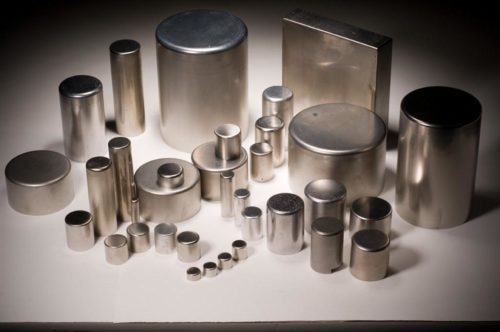 Pure Titanium
Pure Titanium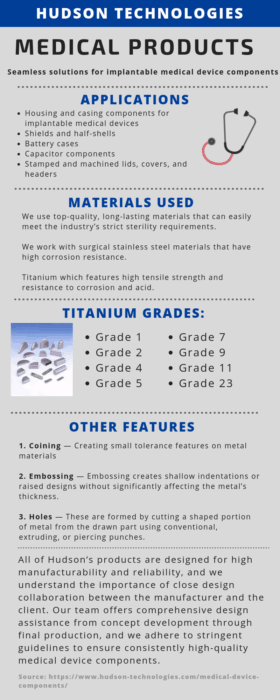
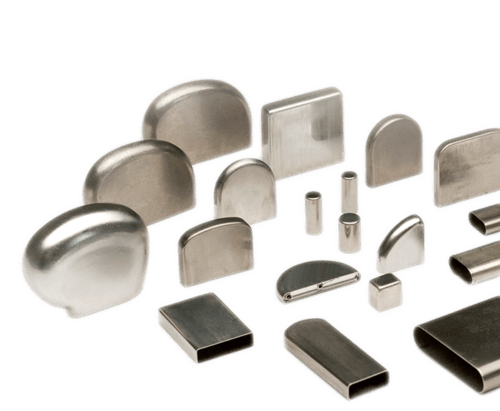 Housings, shields, and battery casings for
Housings, shields, and battery casings for 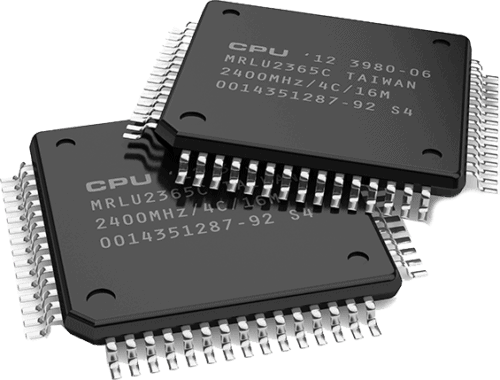 Housings and casings for batteries
Housings and casings for batteries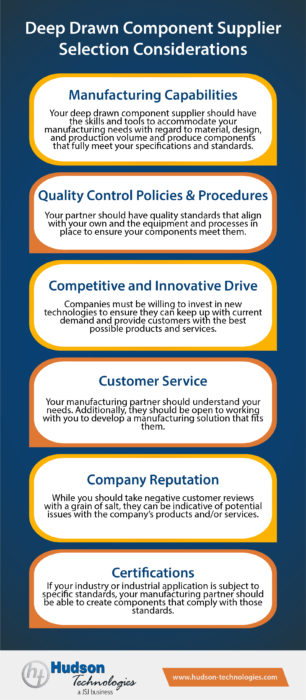
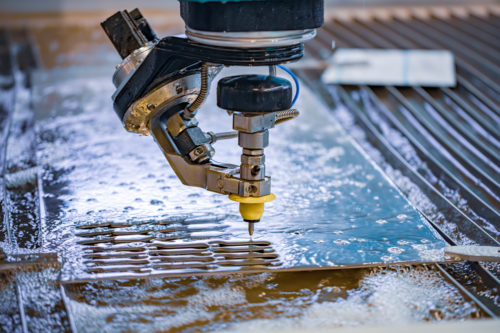 Wall thickness
Wall thickness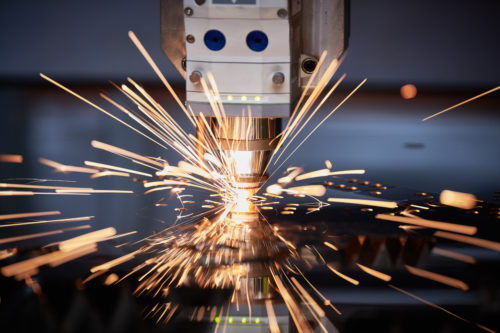 Laser cutting. Laser cutting is ideal for precision designs with tolerances up to +/-0.005″.
Laser cutting. Laser cutting is ideal for precision designs with tolerances up to +/-0.005″.